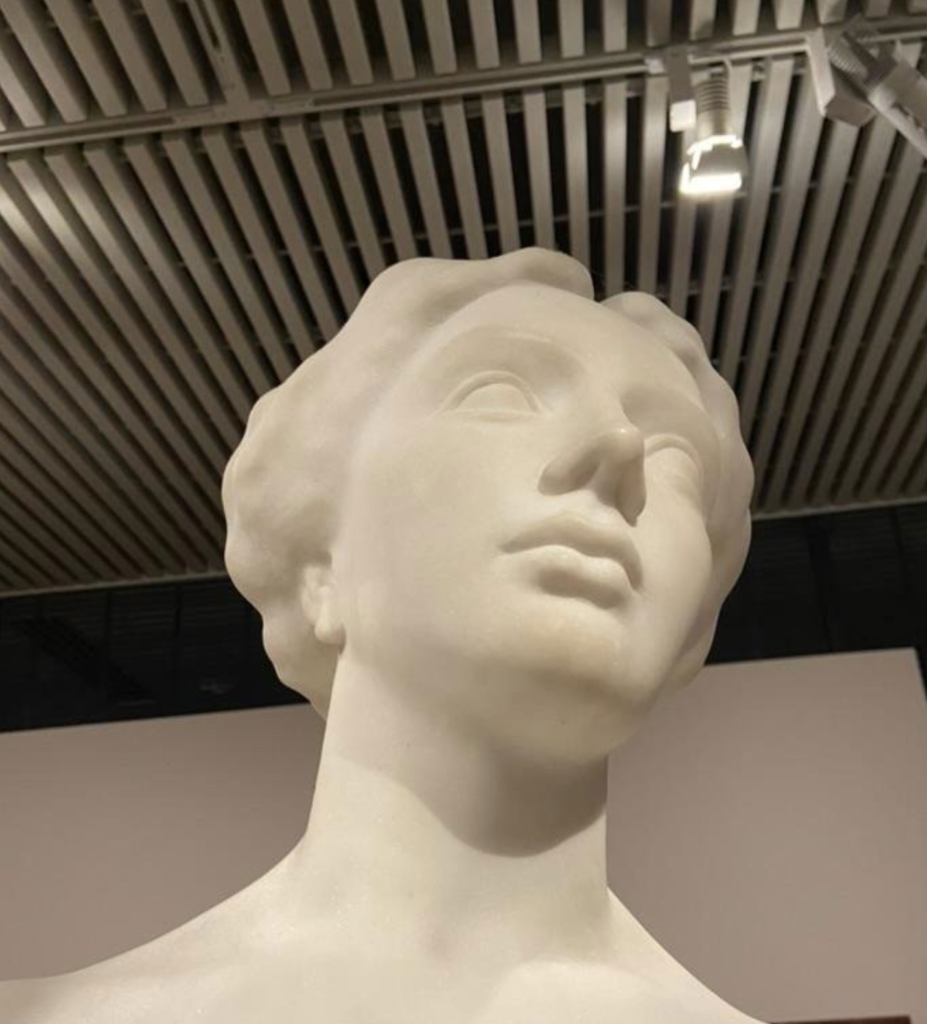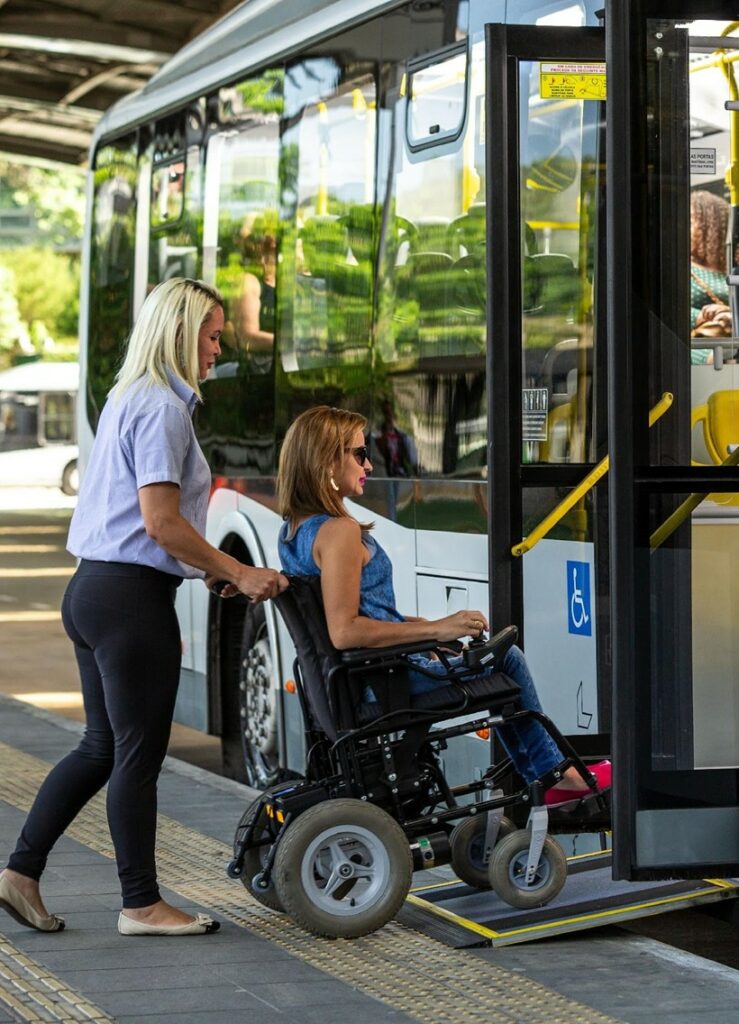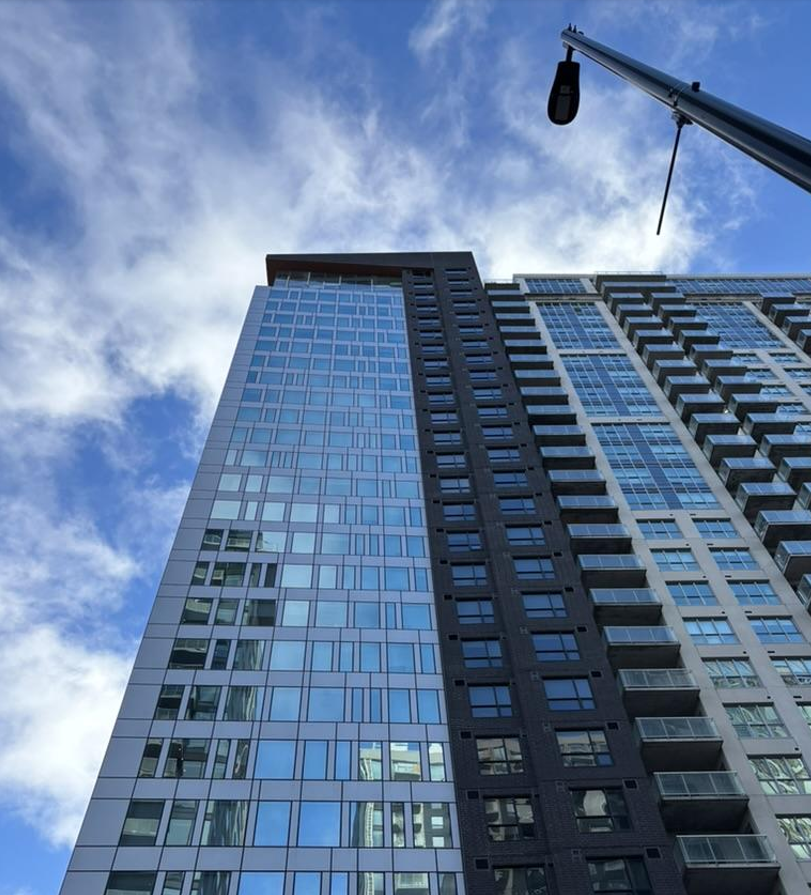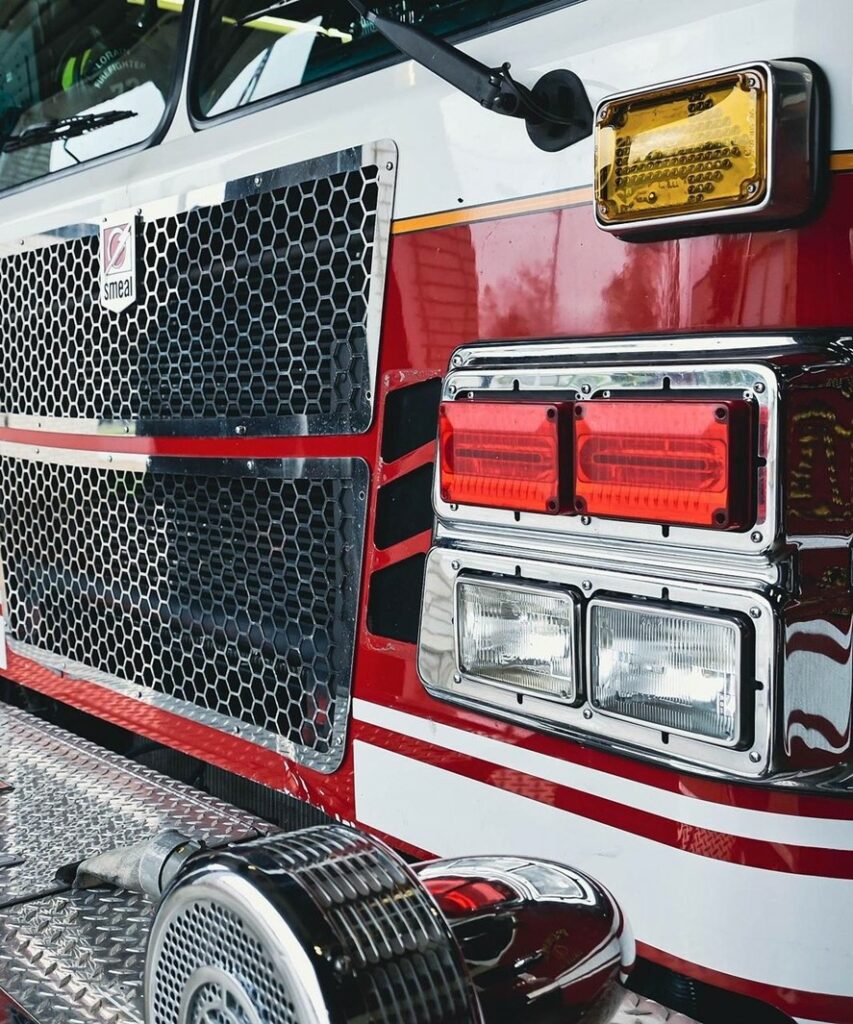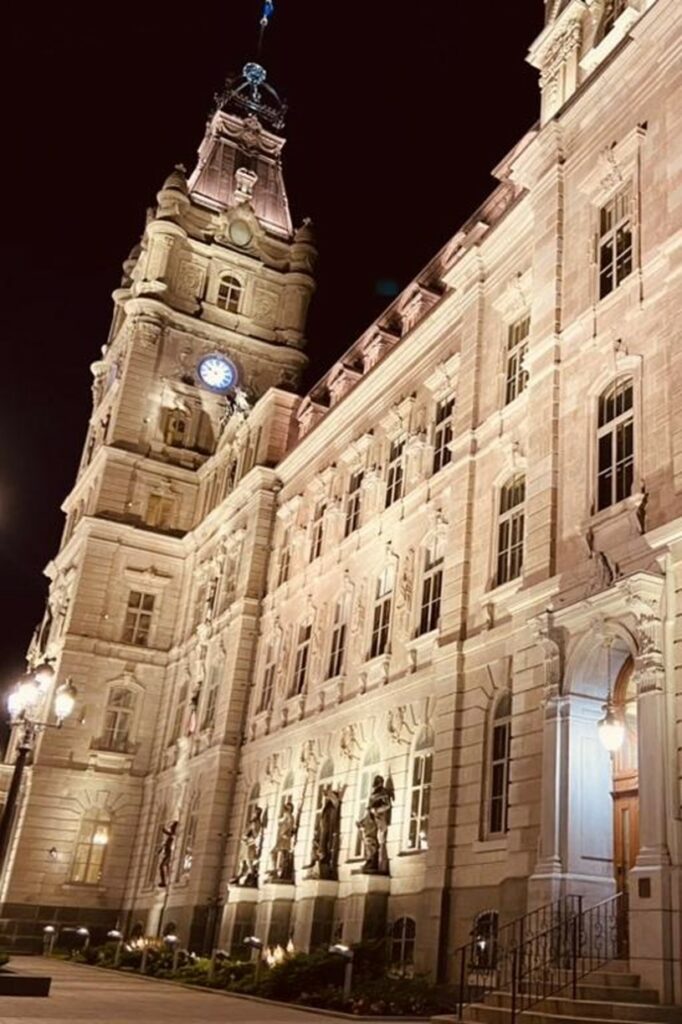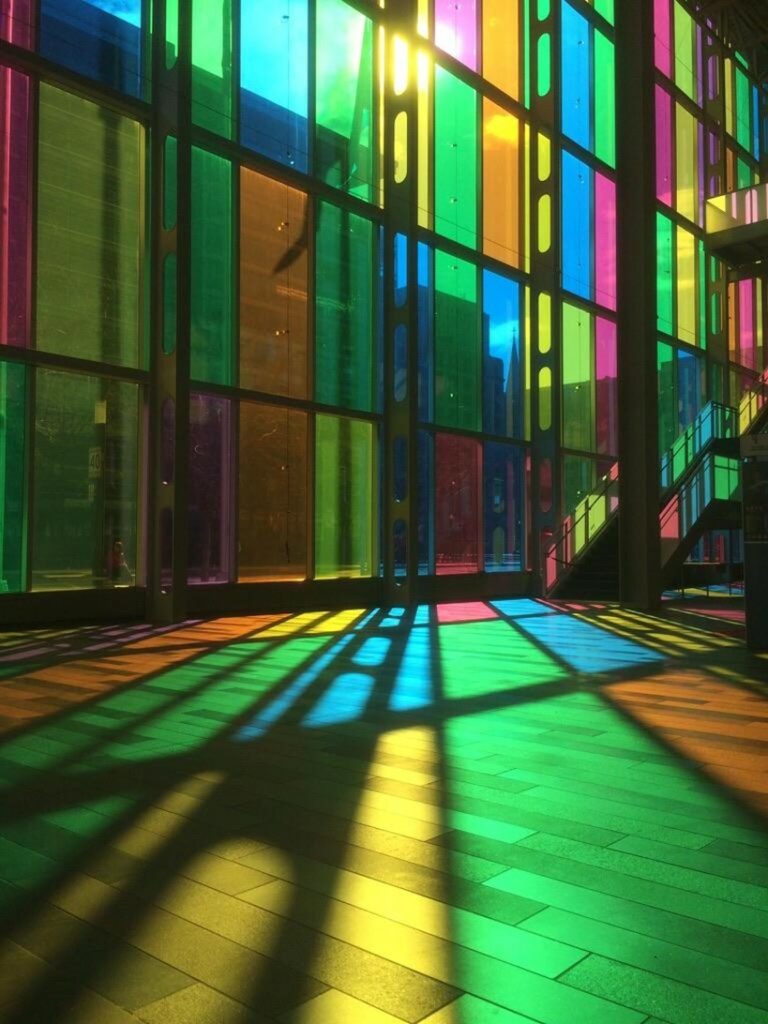
What is an accessible and inclusive built environment?
An accessible and inclusive built environment is a place where everyone, regardless of their capacities, abilities or age, can participate in the activities offered and enjoy the experience equally and simultaneously with other users. It is a space where the barriers encountered by persons with disabilities are removed thanks to facilities that benefit all users. When it is no longer possible to meet all needs through the inclusiveness of the layout, additional adaptations are put in place.
As a result, environments are designed, constructed, renovated and maintained in such a way that:
- The site is organized to integrate the building harmoniously into its immediate environment (orientation, topography, location).
- The site allows for safe and easy movement of different modes of travel, connecting the various functions of the site to each other.
- The architectural concept promotes the legibility of spaces and simplifies paths using clear, legible and straightforward signage.
- All entrances to the building are accessible and on the same level with a visual link to the outside.
- Horizontal circulation provides access to all rooms and services on the same floor area.
- Vertical circulation allows access to all levels of the building and its outdoor spaces, with an elevator as a priority solution.
- The safety of everyone is ensured in the event of an emergency requiring rapid evacuation or shelter (alarms visible to all, accessible exits, refuge areas at each level served by an elevator).
- Universal washroom facilities are available on each floor and in each sanitary block of the building.
- Furniture and equipment, both inside and outside, are easy to use for everyone (quantity, layout and adapted features).
- Finishes and lighting contribute to a simple and enjoyable use of the building.
Overview of the situation
Truly high-performance accessible and inclusive buildings remain rare, and those that exist are mostly new builds. This is due to a variety of factors: most buildings were built in the 1970s, while the first accessibility requirements in construction regulations date from 1976. In addition, depending on their size and use, some new buildings are still exempt from any regulatory requirements regarding accessibility.
Québec’s regulatory environment leads to disparities in accessibility requirements between newly built or renovated buildings, depending on their size and use. Large buildings are subject to uniform requirements across Québec, while smaller buildings fall under variable conditions defined by more than 1,000 municipalities. One recent study of the Office des personnes handicapées du Québec reveals that 94% of Québec municipalities do not have minimum accessibility requirements for small buildings built on their territory. This study also demonstrated the inaccessibility of existing small buildings. In particular, the assessment of a representative sample goods and services buildings in three regions of Québec showed that none met the 57 minimum accessibility requirements currently imposed on larger buildings, thereby disproving the idea of market self-regulation.
Building new accessible and inclusive buildings is relatively simple and does not generate any additional costs, as the necessary knowledge, products and materials are widely available. However, not all property owners, contractors and development professionals are willing to exceed the minimum regulatory requirements for accessibility. Municipalities with a population of 15,000 or more tend to rank better in terms of accessibility of their buildings. This is probably due to their proximity to citizens and their obligation to produce an action plan for the integration of persons with disabilities. The federal government also stands out favourably, particularly since the adoption of the Accessible Canada Act, while private sector and provincial government initiatives show varying degrees of adherence to the principles of accessibility and inclusiveness in the built environment.
Making existing buildings more accessible and inclusive is a daunting challenge, often requiring significant renovations or alterations. The need to upgrade certain building components frequently serves as a trigger to improve the accessibility of a site, thus enabling a gradual transformation of the existing real estate stock. The maintenance deficit in Québec’s publicly owned real estate presents both an opportunity and a challenge, given the investments required.
It is important to note that executing an optimal development project involves making trade-offs between different objectives. The objective of universal accessibility may end up competing with heritage preservation and enhancement, ecological transition, resilience to climate change, active design and other concepts. If there is no one in the design teams advocating for functionality for all users, the initial goal of universal accessibility may be forgotten during the project.
Finally, planning, designing and carrying out the construction or renovation of a building is a complex process involving multiple steps and multiple stakeholders. This process often spans several years or more than a decade for large projects. Creating an accessible and inclusive building stock is therefore a long-term project, whereas users face daily challenges and hope for immediate improvements.
Standards and obligations
Construction falls under provincial jurisdiction, and authorities have a responsibility to adopt and enforce laws and regulations on construction. In establishing these regulations, the provinces rely (with the necessary amendments) on model codes developed by the National Research Council of Canada, which are regularly revised.
In Québec, the first accessibility requirements were introduced in 1976. Initially rather limited, these requirements applied only to new buildings. Over time, additional accessibility requirements have been added, with standards writing bodies acting in a reactive and prudent manner. These requirements, which are not retroactive, vary depending on the year of construction or conversion of the buildings.
The requirements of the National Building Code of Canada are a minimum threshold for accessibility, but they do not cover all needs or types of disabilities. Thus, the Code’s accessibility objective is to limit the probability that a person with a physical or sensory limitation will be unacceptably impeded from accessing or using the building or its facilities.[1]However, there is a willingness to accelerate improvements in accessibility requirements, in particular due to more progressive provincial regulations (e.g., British Columbia and Ontario) and stricter federal legislation (e.g., the Accessible Canada Act).
It should be noted that Accessibility Standards Canada, an entity created by the adoption of the Accessible Canada Act, is currently developing several standards for the federal government and federally regulated entities. The ultimate goal is for these standards to be adopted by the provinces and apply to all Canadian buildings.
In Québec, construction requirements are enacted by regulation under the Building Act. Some buildings are exempt from the application of the Québec Construction Code, and responsibility for their regulation is transferred to municipalities. These are mainly small buildings, such as residential buildings with a maximum of two storeys or with a maximum of eight dwellings, commercial establishments with a floor area of less than 300 m2 or business establishments with a maximum of two storeys. Municipalities may adopt accessibility requirements for these buildings, as well as higher standards than those of the Construction Code for non-exempt buildings constructed or converted in their jurisdiction.
Also in Québec, the Construction Code includes a section on requirements when converting or changing the use of an existing building. Accessibility requirements are less stringent than those for a new build. In addition, since the Code doesn’t apply to simple “cosmetic” renovations, some projects, despite receiving substantial investment, fail to deliver any improvements in accessibility.
Compliance with construction regulations therefore does not necessarily create accessible and inclusive built environments. Fortunately, there are several standards and best practices to allow owners and contractors to go further. However, these standards are voluntary. They include:
CSA-B651-23 Accessible design for the built environment, Accessibility Standards Canada standards, and guides produced by municipalities including Ville de Montréal’s Accessibilité universelle des bâtiments municipaux montréalais [Universal accessibility in Montréal’s municipal buildings], Ville de Québec’s Guide pratique d’accessibilité universelle [Practical guide to universal accessibility] and Ville de Gatineau’s universal accessibility tip sheets.
Good practices for improving the accessibility of the built environment
The following are good practices for improving the accessibility of the built environment in the action plan of municipalities with more than 15,000 inhabitants.
Available resources
Training:
-
Conception sans obstacle, vos projets sont-ils vraiment conformes? [Barrier-free design, are your projects truly compliant?], Ordre des architectes du Québec.
-
Aménagements piétonniers, parcs, places publiques, sécurisation aux abords des chantiers, urbanisme, design universel [Pedestrian, park, and public space development, safety around construction sites, urban planning, universal design], Société Logique.
Subsidies:
-
Federal
Enabling Accessibility Fund: financial assistance for large and small development projects, Government of Canada.
-
Provincial
- Petits établissements accessibles [Small accessible establishments program]: financial assistance to owners and tenants of commercial, business or community buildings that are not subject to a legal obligation in terms of accessibility so they can perform the work to comply with the Construction Code’s accessibility requirements, Société d’habitation du Québec.
- Programme d’accessibilité des établissements touristiques [Tourism establishment accessibility program]: financial assistance for improving accessibility of tourist establishments, Ministère du Tourisme.
-
Municipal
- Montréal
- Subsidy for universal access to businesses: financial assistance for making existing small businesses in Montréal accessible.
- Ville de Québec
- Programme Petits établissements accessibles [Small accessible establishments program]: program to improve accessibility in small establishments for persons with disabilities or with reduced mobility.
- Victoriaville
- Victoriaville ville inclusive [Inclusive city]: financial assistance program for residential, commercial and service building accessibility in Victoriaville.
- Trois-Rivières
- Accessibilité universelle aux établissements commerciaux et de services [Universal accessibility in commercial and service establishments]: a program promoting barrier-free and safe infrastructure in all at commercial establishments in certain areas.
- Montréal
Check the types of universal accessibility subsidies available in your municipality.
Documents:
-
Politique nationale de l’architecture et de l’aménagement du territoire [National architecture and land use planning policy], Government of Québec.
-
Aide-mémoire sur la qualité architecturale [Architectural quality reference guide], Government of Québec.
-
CSA-B651-23 standard, Accessible Design for the Built Environment.
-
Accessibilité universelle des bâtiments municipaux montréalais, Ville de Montréal.
-
Guide pratique d’accessibilité universelle, Ville de Québec.
-
Fiches conseils Accessibilité universelle, Ville de Gatineau.
-
Illustrated technical data sheets, Kéroul.
Fact sheet prepared in collaboration with Société Logique, with feedback from Idéaux (inclusive and universal accessibility design consulting firm), and DéPhy Montréal.
- Policy Paper: Accessibility in Buildings, National Research Council of Canada
Related fact sheets in this guide
To ensure accessibility of the built environment, also consult the following fact sheets:



